Like many Indigenous cultures, one of the best ways to get to know the Secwépemc is to learn about the land where they’ve lived for centuries. The land provides food for traditional meals, materials for regalia and medicine, and it holds their stories and history. Thanks to the Secwépemc Landmarks Project, it’s now a whole lot easier for residents and visitors to find their way to this knowledge.
Inspired in part by ‘mountain finders’ in Switzerland, the project is placing wayfinders throughout Secwépemc territory (also known as the Shuswap). Each post holds a number of pipes or tubes, and each tube points at a different historic location, peak or place of significance. Landmarks will also feature sculptures from First Nations and Settler artists, and share histories from Secwépemc storytellers and knowledge keepers.
The first trailhead post was unveiled at an emotional ceremony on June 1, just a few days after members of the Tk’emlúps te Secwépemc First Nation announced the findings of a ground survey at Kamloops residential school. The remains of 215 children were detected at the site, and the Landmark was unveiled while also honouring residential school survivors in attendance.
READ MORE: Indigenous history in Shuswap recognized with unveiling of first Trailhead post
The first 100 trailhead posts were carved by students from local schools, under the instruction of Secwépemc storyteller Kenthen Thomas and Secwépemc carvers Hop You and Vern Clemah. They tell the stsptékwle (oral history) of Coyote bringing salmon to the area. Later this fall the first of many sculptures will be installed, a rock and metal sculpture at the entrance to Salmon Arm wharf. The Secwépemc-Settler collaboration depicts a soopolallie berry bush and salmon, two important local species, and the site will also invite visitors to look through a wayfinder to see other landmarks.
“The Secwépemc Landmarks project is a collaboration, in the spirit of reconciliation, that aims to raise awareness of Secwépemc traditional territory with the installation of landmarks that are situated at key visiting areas throughout the Shuswap Lakes region,” says Tkwemiple7 (Councillor) Shelley Witzky-Spamulx from the Adams Lake Band and in-kind Project Lead for the Secwépemc Landmarks project. “The markers are modelled after Coyote pillars, natural pillar rock formations that are of cultural significance to the Secwépemc Nation.”
READ MORE: BC COVID recovery fund aids 60 Indigenous tourism projects
READ MORE: Secwépemc Landmark to be located by entrance to Salmon Arm wharf
– With files from Martha Wickett and Tom Fletcher
***
Plan your adventures throughout the West Coast at westcoasttraveller.com and follow us on Facebook and Instagram @thewestcoasttraveller. And for the top West Coast Travel stories of the week delivered right to your inbox, sign up for our weekly Armchair Traveller newsletter!

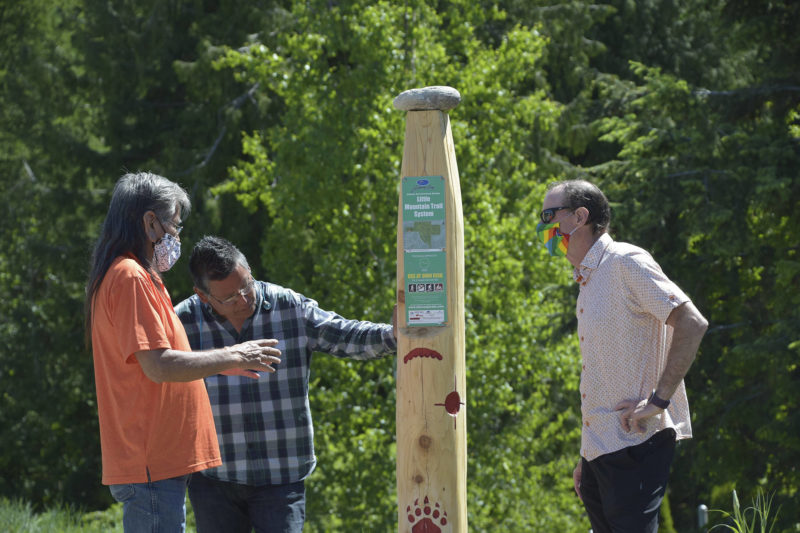
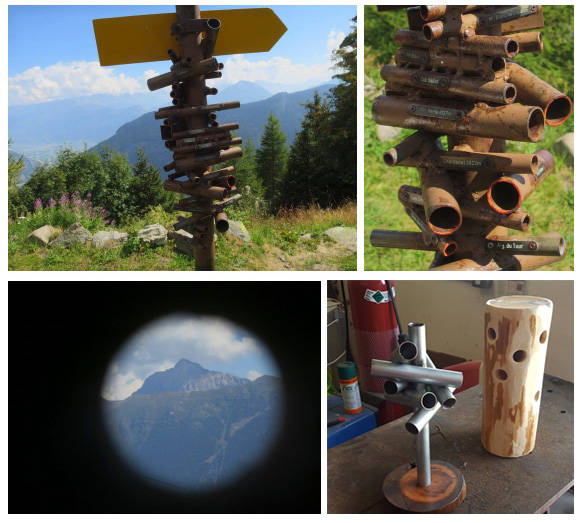
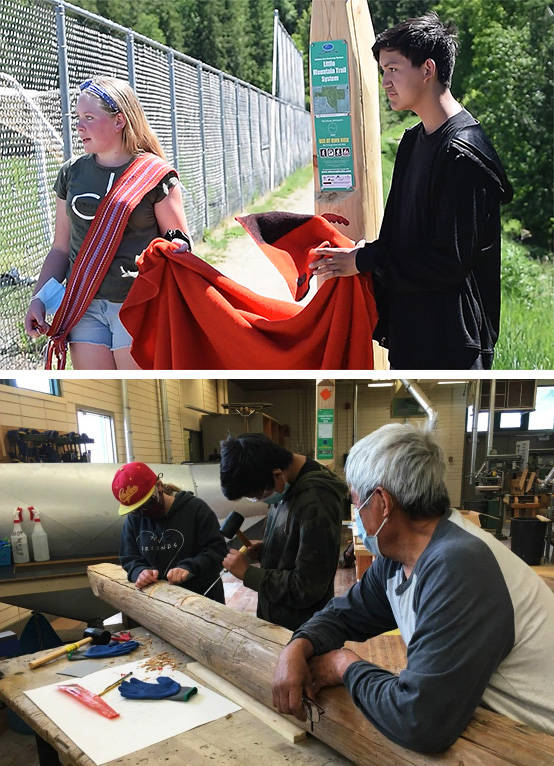
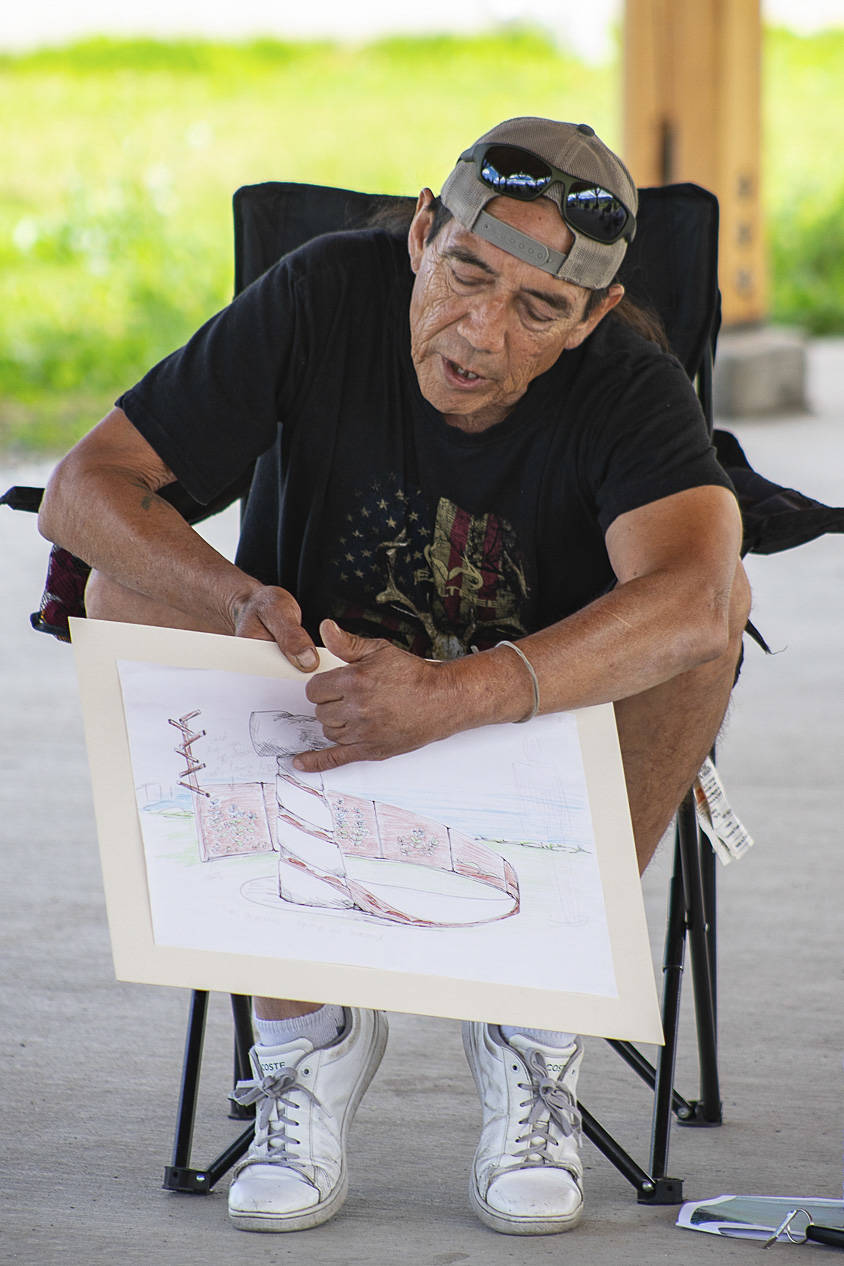
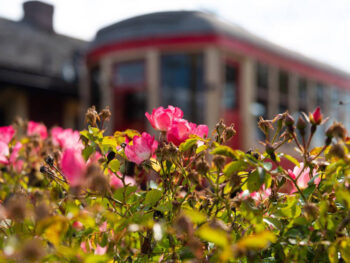
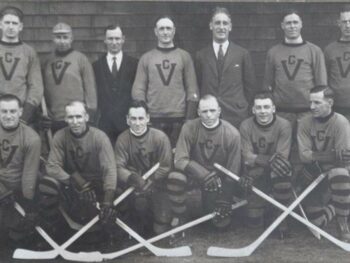
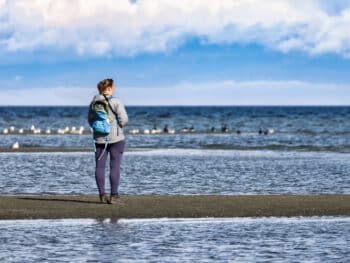
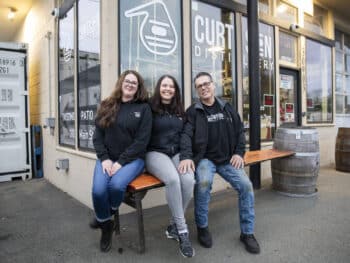
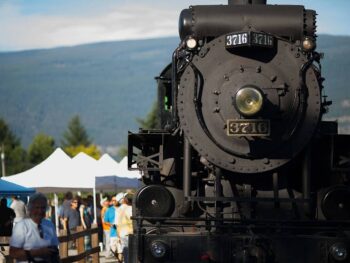
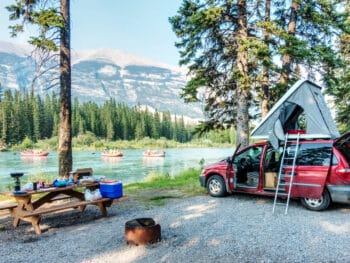

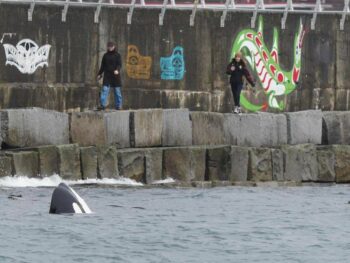
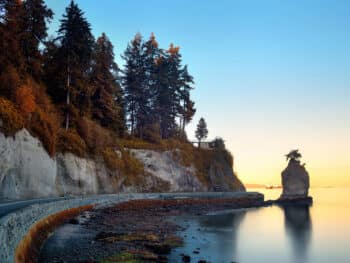
 Two separate bird-sightings in Greater Victoria said to be a first on Vancouver Island
Two separate bird-sightings in Greater Victoria said to be a first on Vancouver Island